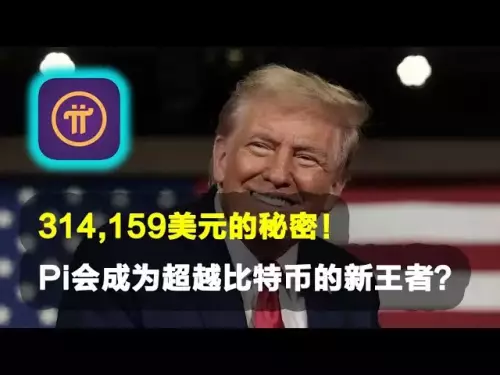-
 bitcoin
bitcoin $109667.069529 USD
-3.03% -
 ethereum
ethereum $3936.685804 USD
-4.07% -
 tether
tether $1.000493 USD
0.01% -
 xrp
xrp $2.771823 USD
-4.74% -
 bnb
bnb $957.805027 USD
-5.34% -
 solana
solana $196.735100 USD
-6.68% -
 usd-coin
usd-coin $0.999727 USD
-0.01% -
 dogecoin
dogecoin $0.227355 USD
-5.12% -
 tron
tron $0.335205 USD
-0.81% -
 cardano
cardano $0.779256 USD
-3.59% -
 ethena-usde
ethena-usde $0.999900 USD
-0.06% -
 hyperliquid
hyperliquid $42.492095 USD
-6.61% -
 chainlink
chainlink $20.501853 USD
-4.34% -
 avalanche
avalanche $28.952606 USD
-11.21% -
 stellar
stellar $0.356038 USD
-3.93%
Bitfinex contract arbitrage strategy
Contract arbitrage on Bitfinex involves identifying price discrepancies across derivatives markets, executing simultaneous trades on different platforms, and managing risk to capture potential profits.
Nov 08, 2024 at 08:58 pm
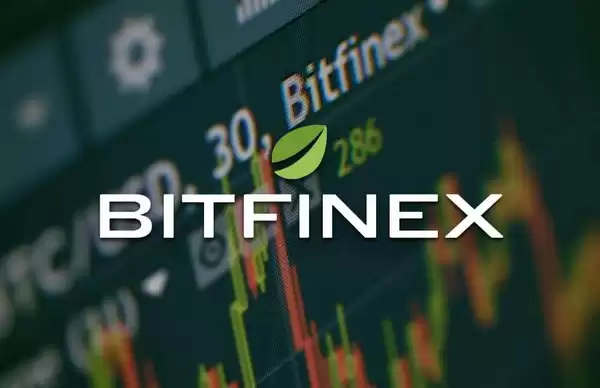
Bitfinex Contract Arbitrage Strategy: A Comprehensive Guide
Introduction
Contract arbitrage is a trading strategy that seeks to exploit price discrepancies between different derivatives markets. In the realm of cryptocurrencies, Bitfinex stands out as a popular exchange for contract arbitrage due to its high trading volume and liquidity. This article provides a step-by-step guide to implement a contract arbitrage strategy on Bitfinex.
Pre-Trading Preparations
- Understanding Contract Types: Bitfinex offers a range of contract types, including perpetual futures, futures, and options. Each type carries unique characteristics and risks. It's essential to familiarize yourself with their differences and select the most appropriate for your strategy.
- Market Analysis and Due Diligence: Conduct thorough market research to identify potential arbitrage opportunities. Monitor price differentials across exchanges and assess market conditions to determine favorable entry and exit points. Due diligence involves evaluating the liquidity, trading fees, and regulatory climate of the exchanges involved.
- Account Setup and Funding: Create a Bitfinex account and deposit funds to support your trading activities. Be aware of account verification procedures and ensure compliance with the exchange's regulations. Select funding options that align with your financial capabilities and risk tolerance.
Executing the Arbitrage Strategy
- Identifying Price Discrepancies: Use trading bots or market surveillance tools to monitor price movements across different exchanges and identify arbitrage opportunities. Look for instances where the price on Bitfinex differs significantly from other platforms.
- Calculating Profitability: Once a potential arbitrage opportunity is identified, calculate the potential profit. Consider the price differential, trading fees, and any potential slippage or execution costs associated with the trade. Ensure the arbitrage spread is sufficient to cover these expenses and generate a profit.
- Entering the Trade: Place trades on Bitfinex and the other exchange simultaneously. On Bitfinex, use the "Swap" tab to trade perpetual futures or futures, and the "Futures" tab for futures contracts. Ensure the contract specifications (e.g., underlying asset, leverage) align with your strategy.
- Managing Risk: Implement risk management strategies, such as position sizing, stop-loss orders, and hedging techniques, to mitigate potential losses. Continuously monitor market movements and adjust your positions accordingly. Close your arbitrage trades when the price discrepancy narrows or market conditions change.
- Exiting the Trade: Exit the trades on both exchanges. If the price differential has not sufficiently narrowed, consider holding the positions for a longer period or adjusting your strategy. Once the arbitrage opportunity has been exhausted, close your positions to realize the potential profit.
Additional Considerations
- Leverage and Margin: Bitfinex offers leverage trading options. While leverage can magnify potential profits, it also increases risk. Use leverage judiciously and only within your risk appetite.
- Fees and Commissions: Bitfinex charges trading fees for each trade executed. Factor these fees into your profit calculations and adjust your strategy accordingly.
- Market Conditions and Volatility: Market conditions can fluctuate rapidly, impacting the profitability of arbitrage strategies. Be aware of market volatility and adjust your trades accordingly.
- Tax Implications: Cryptocurrency arbitrage gains may be subject to taxation in your jurisdiction. Familiarize yourself with the applicable tax laws and consider the potential tax liability associated with your trading activities.
Disclaimer:info@kdj.com
The information provided is not trading advice. kdj.com does not assume any responsibility for any investments made based on the information provided in this article. Cryptocurrencies are highly volatile and it is highly recommended that you invest with caution after thorough research!
If you believe that the content used on this website infringes your copyright, please contact us immediately (info@kdj.com) and we will delete it promptly.
- BlockDAG's Miner Rollout: A Global Expansion Story
- 2025-09-26 14:45:12
- XPL Surge: Is It a Dead Cat Bounce or the Real Deal?
- 2025-09-26 14:45:12
- XRP, Axelar, and Interchain Transfers: A New Era for DeFi?
- 2025-09-26 14:25:13
- Epstein Files, Antonio Brown, and Trump: A Wild Intersection
- 2025-09-26 14:25:13
- Tech-Savvy Parents Face Unexpected Challenges: A Guide to Childproofing the Digital Age
- 2025-09-26 14:30:01
- Riding the XRP Wave: Debt Tokenization and the Next Bull Cycle
- 2025-09-26 14:30:01
Related knowledge

How do I enable the "scalping-only" mode for Cardano (ADA) contracts?
Sep 24,2025 at 03:19am
Understanding Scalping Strategies in Crypto Derivatives1. Scalping in cryptocurrency trading refers to executing multiple short-term trades within min...
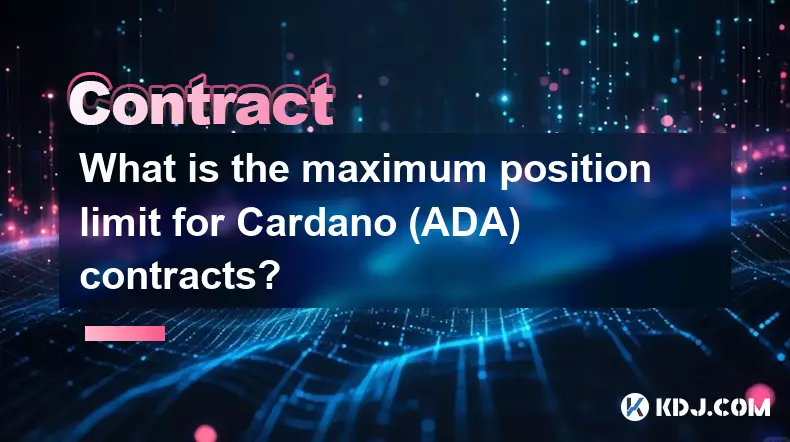
What is the maximum position limit for Cardano (ADA) contracts?
Sep 23,2025 at 11:00pm
Understanding ADA Futures and Derivatives Market Structure1. Cardano (ADA) futures contracts are offered by several major cryptocurrency derivatives e...
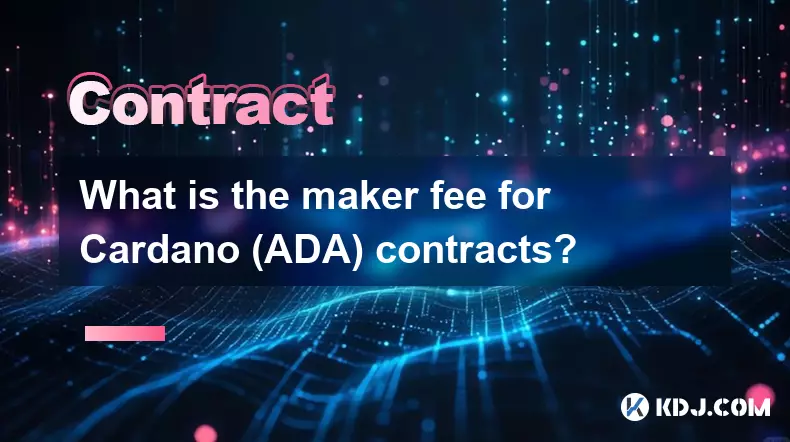
What is the maker fee for Cardano (ADA) contracts?
Sep 26,2025 at 09:01am
Understanding Maker Fees in Cardano (ADA) Contracts1. The concept of maker fees applies broadly across decentralized exchanges and smart contract plat...
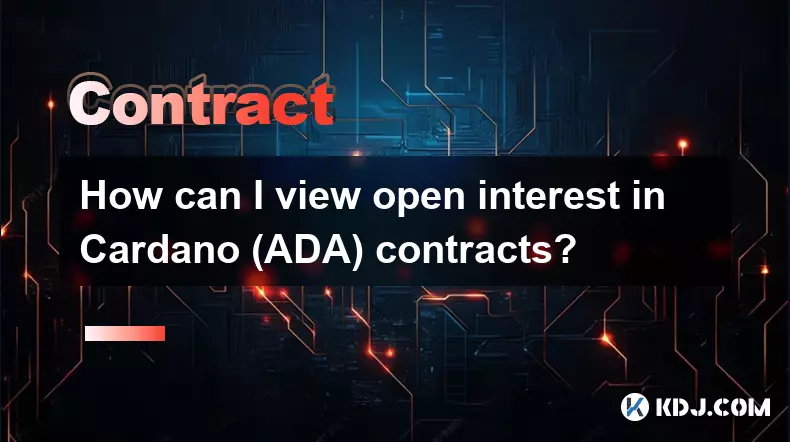
How can I view open interest in Cardano (ADA) contracts?
Sep 24,2025 at 07:36am
Understanding Open Interest in Cardano Derivatives1. Open interest refers to the total number of outstanding derivative contracts, such as futures or ...
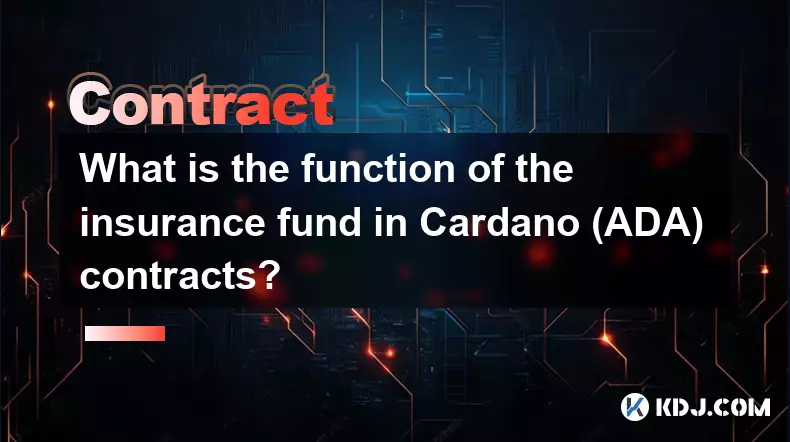
What is the function of the insurance fund in Cardano (ADA) contracts?
Sep 24,2025 at 02:18am
Understanding the Role of Insurance Funds in Cardano Smart Contracts1. The insurance fund within Cardano's ecosystem is not a native feature directly ...

How can I view historical transaction records for Cardano (ADA) contracts?
Sep 24,2025 at 04:01pm
Understanding Cardano's On-Chain Data Structure1. Cardano operates on a proof-of-stake blockchain that records all transactions in blocks secured thro...

How do I enable the "scalping-only" mode for Cardano (ADA) contracts?
Sep 24,2025 at 03:19am
Understanding Scalping Strategies in Crypto Derivatives1. Scalping in cryptocurrency trading refers to executing multiple short-term trades within min...

What is the maximum position limit for Cardano (ADA) contracts?
Sep 23,2025 at 11:00pm
Understanding ADA Futures and Derivatives Market Structure1. Cardano (ADA) futures contracts are offered by several major cryptocurrency derivatives e...

What is the maker fee for Cardano (ADA) contracts?
Sep 26,2025 at 09:01am
Understanding Maker Fees in Cardano (ADA) Contracts1. The concept of maker fees applies broadly across decentralized exchanges and smart contract plat...

How can I view open interest in Cardano (ADA) contracts?
Sep 24,2025 at 07:36am
Understanding Open Interest in Cardano Derivatives1. Open interest refers to the total number of outstanding derivative contracts, such as futures or ...

What is the function of the insurance fund in Cardano (ADA) contracts?
Sep 24,2025 at 02:18am
Understanding the Role of Insurance Funds in Cardano Smart Contracts1. The insurance fund within Cardano's ecosystem is not a native feature directly ...

How can I view historical transaction records for Cardano (ADA) contracts?
Sep 24,2025 at 04:01pm
Understanding Cardano's On-Chain Data Structure1. Cardano operates on a proof-of-stake blockchain that records all transactions in blocks secured thro...
See all articles
























